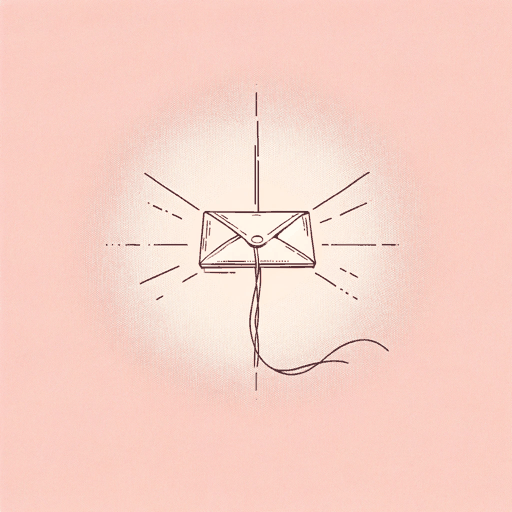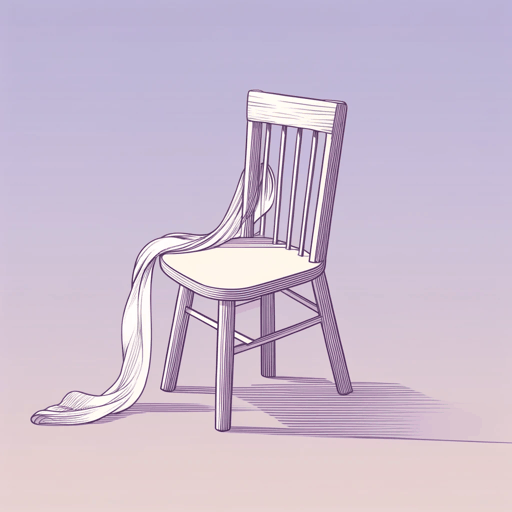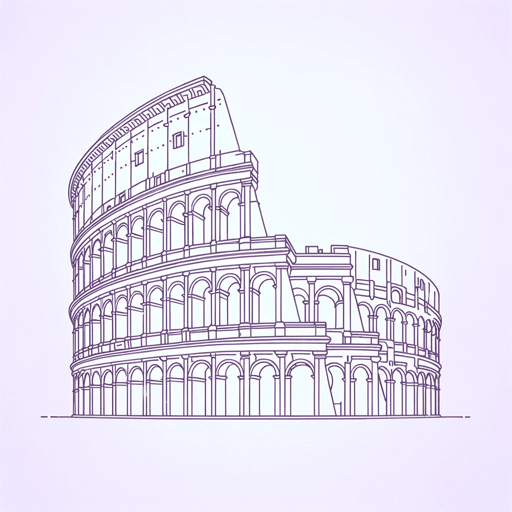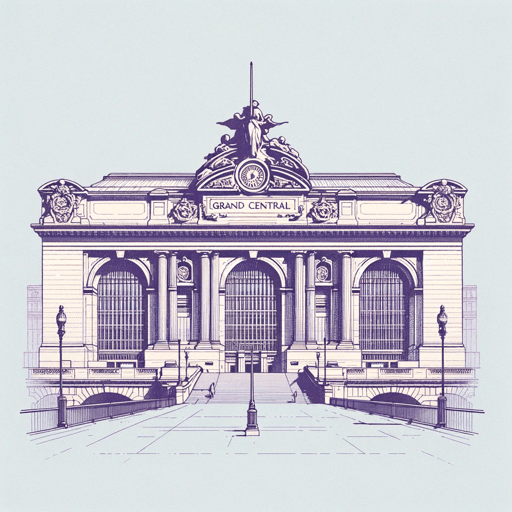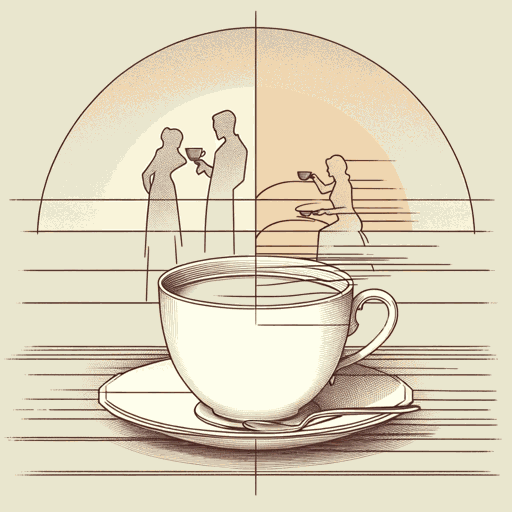50 pages • 1 hour read
Edith WhartonThe Age of Innocence
Fiction | Novel | Adult | Published in 1920A modern alternative to SparkNotes and CliffsNotes, SuperSummary offers high-quality Study Guides with detailed chapter summaries and analysis of major themes, characters, and more.
Themes
The Hieroglyphic World of Old New York
Archer considers Old New York “a kind of hieroglyphic world, where the real thing was never said or done or even thought, but only represented by a set of arbitrary signs” (Location 565). Archer’s reference to Egyptian hieroglyphics, stylized pictorial signs only recently deciphered in the 1820s, is a metaphor for obliqueness. People around him do not communicate directly, but instead talk around everything with veiled meaning. For example, when Mrs. Welland understands the need to announce May and Archer’s engagement at the Beaufort ball in order to detract from Ellen’s arrival, she feels “obliged to simulate reluctance, and the air of having had her hand forced” (Location 567). Mrs. Welland’s performance of reluctance arises from her predilection to disguise urgency—she prefers to project the illusion that the engagement announcement was not rushed out of fear that Ellen’s arrival compromised the family’s social position. Similarly, Miss Jackson’s euphemistic comment that “Madame Olenska is a great favorite with the gentlemen,” which sounds like “something conciliatory when she knew she was planting a dart” (Location 3362), is a hieroglyphic performance of innocence.
Obfuscation serves two purposes: First, it acts as a marker of breeding for Old New York’s denizens, euphemizing coarse matters they associate with the lower classes; and second, it quickly identifies those who do not socially belong because they fail to communicate in the prescribed manner.
Related Titles
By Edith Wharton
Featured Collections
American Literature
View Collection
Books Made into Movies
View Collection
Class
View Collection
Class
View Collection
Community
View Collection
Community Reads
View Collection
Family
View Collection
Feminist Reads
View Collection
Historical Fiction
View Collection
Pulitzer Prize Fiction Awardees &...
View Collection
Required Reading Lists
View Collection
The Past
View Collection
Valentine's Day Reads: The Theme of Love
View Collection
